COURSE OVERVIEW
DE0420 : API 6A: X-mas Tree & Wellhead Operations, Maintenance & Testing
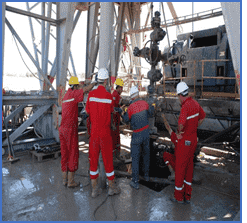
OVERVIEW
| COURSE TITLE | : | DE0420 : API 6A: X-mas Tree & Wellhead Operations, Maintenance & Testing |
| COURSE DATE | : | Sep 28 - Oct 02 2025 |
| DURATION | : | 5 Days |
| INSTRUCTOR | : | Dr. Hesham Abdou |
| VENUE | : | Muscat, Oman |
| COURSE FEE | : | $ 8000 |
| Request For Course Outline | ||
Course Description
This practical and highly-interactive course includes real-life case studies and exercises where participants will be engaged in a series of interactive small groups and class workshops.
Christmas trees are used on both sub-surface and subsea wells. It is common to identify the type of tree as either "subsea tree" or "sub-surface tree". Each of these classifications has a number of variations. The primary function of a tree is to control the flow, usually oil or gas, out of the well. A tree may also be used to control the injection of gas or water into a non-producing well in order to enhance production rates of oil from other wells.
When the well and facilities are ready to produce and receive oil or gas, tree valves are opened and the formation fluids are allowed to go through a flow line. This leads to a processing facility, storage depot and/or other pipeline eventually leading to a refinery or distribution center (for gas). Flow lines on subsea wells usually lead to a fixed or floating production platform or to a storage ship or barge, known as a floating storage offloading vessel (FSO), or floating processing unit (FPU), or floating production, storage and offloading vessel (FPSO).
This course is designed to provide participants with a detailed and up-to-date overview on the operations, maintenance and testing of x-mas tree and wellhead. It covers the various wellhead equipment, x-mas tree, tubing hanger, production packages and landing nipples; the barriers principles and well safety; the hydraulic barriers, mechanical barriers, subsurface control valves, packer setting and testing; flanging of the wellhead, casing head housing, tubing spool hanger, checks and tests; the valves and actuators, wellhead safety valves and control systems; and the operating procedures and working under safe conditions.
link to course overview PDF
TRAINING METHODOLOGY
This interactive training course includes the following training methodologies:
LecturesPractical Workshops & Work Presentations
Hands-on Practical Exercises & Case Studies
Simulators (Hardware & Software) & Videos
In an unlikely event, the course instructor may modify the above training methodology for technical reasons.
VIRTUAL TRAINING (IF APPLICABLE)
If this course is delivered online as a Virtual Training, the following limitations will be applicable:
| Certificates | : | Only soft copy certificates will be issued |
| Training Materials | : | Only soft copy materials will be issued |
| Training Methodology | : | 80% theory, 20% practical |
| Training Program | : | 4 hours per day, from 09:30 to 13:30 |
RELATED COURSES
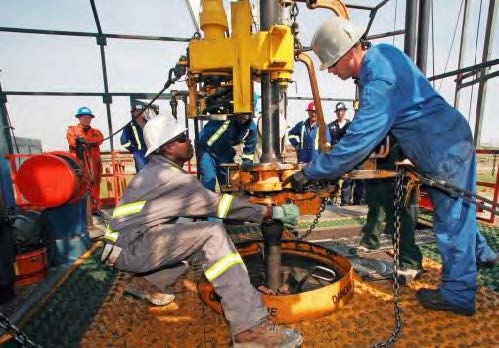
DE0111 : Advanced HPHT Well Intervention Operation
- Date: Dec 21 - Dec 25 / 3 Days
- Location: Doha, Qatar
- Course Details Register
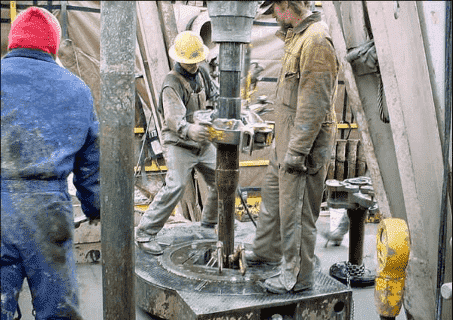
DE0100 : Workovers & Completions
- Date: Dec 21 - Dec 25 / 3 Days
- Location: Muscat, Oman
- Course Details Register
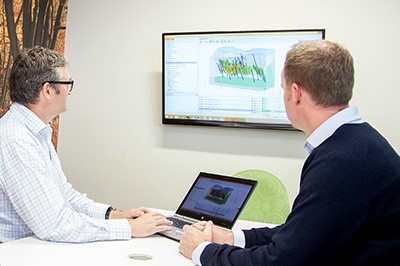
DE0271 : Petrel Uncertainty and Optimization
- Date: Dec 21 - Dec 25 / 3 Days
- Location: Doha, Qatar
- Course Details Register
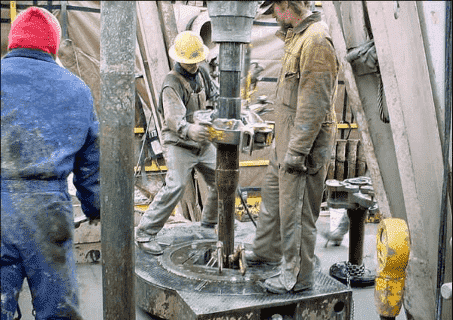
DE0100 : Well Completion Design & Operations, Well Stimulation and Workover Planning
- Date: Dec 21 - Dec 25 / 3 Days
- Location: Muscat, Oman
- Course Details Register
